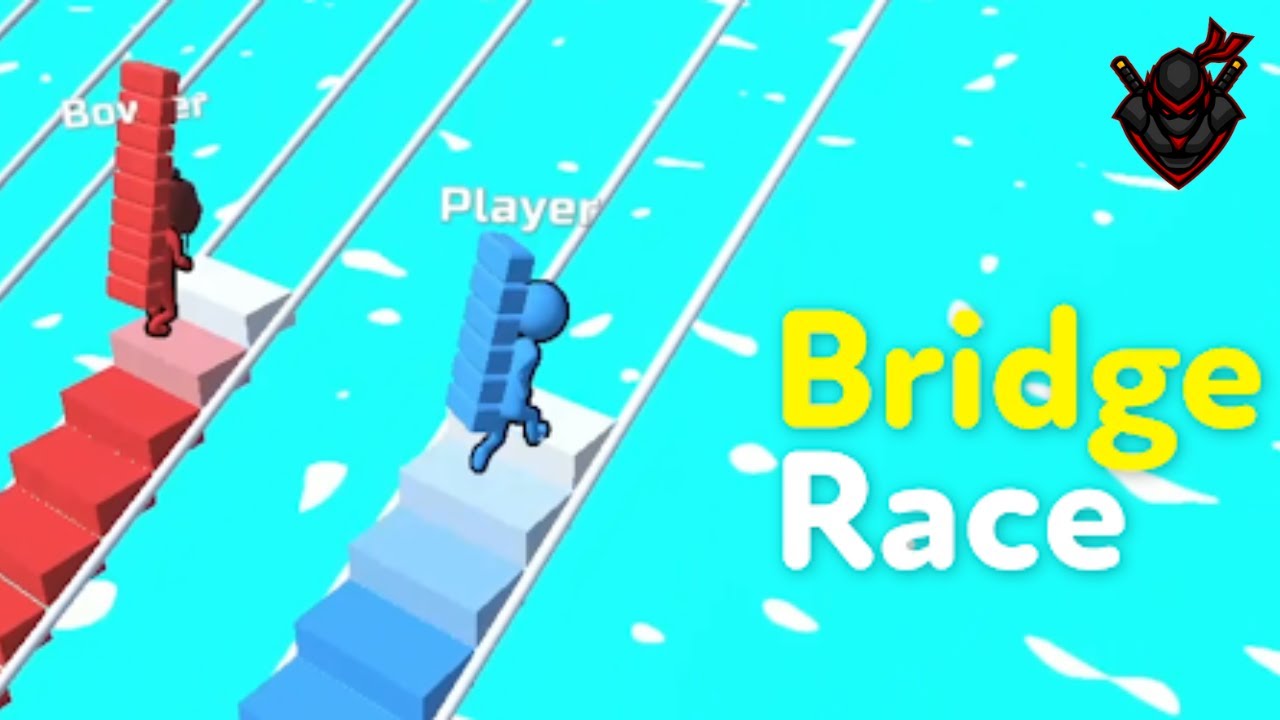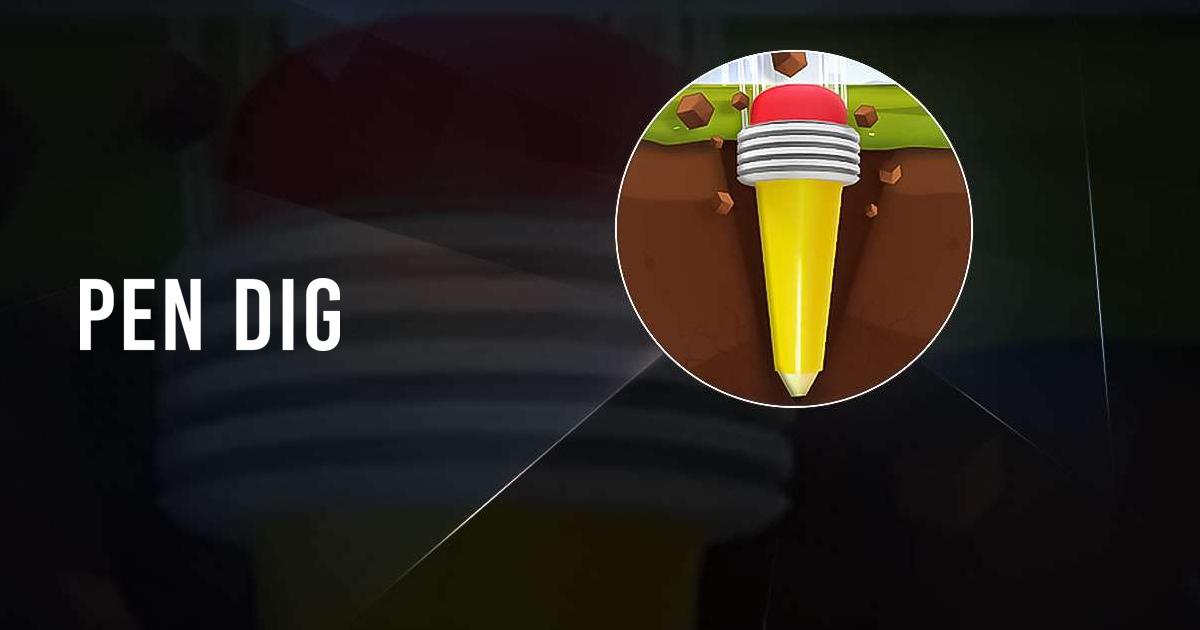Released by Sabotage Studio in 2018, The Messenger is a love letter to the classic platformers of the 8-bit and 16-bit eras, like Ninja Gaiden. Initially framed as a traditional side-scrolling action game, The Messenger gradually evolves into a clever, genre-blending experience that surprises players with its depth, creativity, and humor. With its tight gameplay mechanics, retro-inspired visuals, and dynamic soundtrack, The Messenger manages to stand out as more than just another homage to a bygone era.
In this review, we’ll break down what makes The Messenger a unique and engaging experience while exploring the gameplay, aesthetics, story, and overall replayability.
Storyline: A Ninja on a Time-Bending Quest
A Simple Start with Unexpected Twists
At first glance, The Messenger follows a fairly standard narrative setup: you control a young ninja tasked with delivering a scroll to a distant mountain peak, which is said to be the key to saving his village from demonic invaders. The story starts off straightforward enough, but as you progress, you’ll quickly find that the narrative expands into much more than a simple rescue mission.
- Humor and Dialogue: The game’s story is packed with witty, self-referential humor, making it clear that it doesn’t take itself too seriously. Characters like the enigmatic Shopkeeper and the otherworldly Time Messenger inject plenty of personality into the game through amusing dialogue and fourth-wall-breaking commentary. While the main plot can feel somewhat predictable, the humorous tone and unexpected twists help keep things fresh.
- Time Travel Mechanic: One of the biggest surprises in The Messenger comes midway through the game when it introduces time travel as a major mechanic. At this point, the game shifts from an 8-bit aesthetic to a 16-bit one, both in terms of graphics and music. This twist not only adds a unique narrative layer but also expands the gameplay and exploration elements considerably.
Gameplay: Precision Platforming and Fluid Combat
Tight Controls and Movement Mechanics
One of the standout features of The Messenger is its incredibly responsive controls. Platformers live and die by the fluidity of their movement, and The Messenger excels in this department. The protagonist, a nimble ninja, moves quickly and fluidly, allowing for precise jumps, attacks, and dodges.
- Cloudstepping: Central to the game’s platforming mechanics is the “Cloudstep” ability. By striking objects or enemies in mid-air, you can perform an additional jump, allowing for impressive combos and navigation of tricky platforming sections. This mechanic becomes essential in the game’s later stages, providing both challenge and satisfaction when executed correctly.
- Combat Mechanics: Combat in The Messenger is simple yet effective. You have a basic sword attack that feels fast and responsive, with the ability to upgrade your ninja skills over time. In addition to the Cloudstep, you gain access to shurikens, a rope dart for grappling, and other abilities that add variety to both combat and traversal.
Metroidvania Elements: A Shift in Structure
What starts as a linear action-platformer soon evolves into something much larger. About halfway through the game, The Messenger transitions from a traditional platformer into a Metroidvania-like experience. The shift introduces an open-world structure where backtracking and exploration become key components of the gameplay.
- Exploration and Puzzles: After the time travel twist, The Messenger opens up its world, encouraging players to revisit previous areas with new abilities to unlock secrets and progress further. This Metroidvania shift requires more exploration and puzzle-solving than the first half of the game, making for a deeper and more engaging experience.
- Backtracking: While some players may find the need to backtrack tedious, The Messenger handles it well by incorporating fast travel points and adding new layers of challenge to familiar environments. The time travel mechanic also changes the layout of levels, creating a dynamic sense of discovery as players navigate through both the 8-bit and 16-bit versions of the world.
Visuals: A Retro Aesthetic with Modern Polish
8-bit to 16-bit Transformation
Visually, The Messenger is a beautiful homage to retro platformers. The game begins with a classic 8-bit aesthetic, complete with pixelated characters, simple backgrounds, and an overall sense of nostalgia. However, the game cleverly evolves its presentation when the time travel mechanic is introduced, shifting to a vibrant 16-bit style.
- Art Design: The 16-bit upgrade enhances the game’s art design, adding more detailed backgrounds, smoother animations, and a richer color palette. This transition also serves as a visual metaphor for the game’s expanding scope, making the world feel larger and more alive as you progress.
- Enemy Designs: The enemy designs in The Messenger are varied and reflect the game’s playful tone. From standard demon soldiers to more elaborate boss encounters, each enemy type offers its own unique challenge and fits well within the game’s retro-inspired aesthetic.
Fluid Animations and Level Design
The animations in The Messenger are smooth and fluid, contributing to the game’s overall sense of polish. Whether you’re slicing through enemies or jumping between platforms, each movement feels precise and intentional. The level design complements the gameplay mechanics, offering a good balance between challenging platforming sections and combat arenas.
Soundtrack: A Synth-Driven Retro Masterpiece
Dynamic Music and Sound Design
The soundtrack in The Messenger is one of the game’s highlights, perfectly capturing the essence of retro chiptune music while adding a modern twist. Composed by Rainbowdragoneyes, the music dynamically shifts between 8-bit and 16-bit styles as you travel through time, creating a seamless auditory experience that matches the visual transitions.
- Energetic and Catchy: Each track is fast-paced, energetic, and designed to keep players immersed in the action. The tunes are catchy, with a rhythmic pulse that drives the platforming sections, while more atmospheric pieces set the tone during quieter moments of exploration.
- Sound Effects: The game’s sound effects are crisp and satisfying. The clang of your sword, the thud of landing from a high jump, and the explosions of defeated enemies all contribute to the overall retro vibe, making every action feel impactful.
Difficulty and Replayability: A Satisfying Challenge
Balanced Challenge with Accessibility
The Messenger offers a well-balanced difficulty curve, gradually introducing more complex platforming and combat challenges as players progress. While it’s not as punishing as some of its retro inspirations, the game provides a fair amount of difficulty, particularly in its later stages.
- Death and Respawning: The game’s approach to player death is handled with humor, thanks to a demon companion named Quarble who revives you after each death in exchange for a portion of your loot. This system removes some of the frustration of failing but still maintains a sense of consequence.
- Upgrade System: Throughout the game, you’ll collect time shards, which serve as the game’s currency. These shards can be spent at the shop to upgrade your abilities, providing both a sense of progression and additional tools to overcome the game’s increasing difficulty.
Replay Value: Secrets and Post-Game Content
For players who enjoy seeking out hidden secrets and collectibles, The Messenger has plenty to offer. The game is filled with hidden rooms, upgrades, and optional challenges that reward exploration. Additionally, after completing the main storyline, there are extra challenges and post-game content to keep players engaged.
- New Game+ Mode: Once you’ve completed the game, The Messenger offers a New Game+ mode that increases the difficulty while allowing players to retain their upgrades. This mode, combined with the numerous secrets hidden throughout the world, provides plenty of reasons to return to the game after the credits roll.
Conclusion: A Retro Gem with Modern Flourishes
The Messenger is a remarkable achievement in blending retro nostalgia with modern game design. What starts as a straightforward action-platformer quickly evolves into a genre-blending experience filled with surprises, humor, and tight gameplay mechanics. Its clever use of time travel not only serves as a narrative twist but also enriches the gameplay, adding layers of exploration and discovery that keep players engaged long after the initial story is completed.
From its precise platforming and combat mechanics to its stunning visual and auditory transitions between 8-bit and 16-bit eras, The Messenger successfully stands out as more than just a retro homage. It strikes a perfect balance between challenge and accessibility, offering a rewarding experience for both casual players and hardcore platforming enthusiasts alike.
For fans of classic platformers or those looking for a fresh take on the genre, The Messenger is a must-play. Its blend of nostalgic charm, modern polish, and depth of content make it one of the standout indie titles in recent years. Whether you’re drawn in by the tight controls, dynamic soundtrack, or quirky humor, there’s no doubt that The Messenger delivers a truly memorable adventure.


